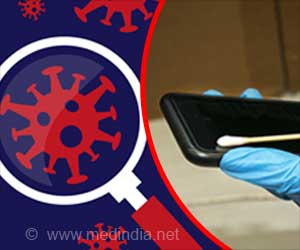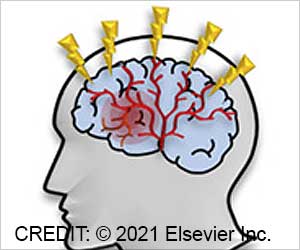Researchers at the University of Michigan Kellogg Eye Center have been able to observe how an embryonic retina cell develops into a mature one
Researchers at the University of Michigan Kellogg Eye Center have been able to observe how an embryonic retina cell develops into a mature one and then goes about doing the task assigned to it. Scientists were able to catch the cell when it had been assigned a particular task, but had not yet begun shaping up to do it.
The study also looked at the role played by of the gene regulator NRL. This particular substance was known to be vital for the development of rods, which are the light-sensing elements in retina. The details of the study appear in the March 7 issue of the Proceedings of the National Academy of Sciences (PNAS).Anand Swaroop, Ph.D., Harold F. Falls Collegiate Professor of Ophthalmology and Visual Sciences and Professor of Human Genetics, is senior author of the study and his team reports that the presence of NRL is the earliest indicator that cells will become rods in future. "For the first time we were able to see retina cells during early development, allowing us to pinpoint the exact time at which rods are 'born,'" said Swaroop. "Because the cells have been tagged, we can watch them at each step as they develop into mature and functional rods."
Rods and cones are the photoreceptors in the eye and are largely responsible for the visual acuity. Any damage to these receptors can cause eye diseases such as diabetic retinopathy, retinitis pigmentosa, and macular degeneration. "We can now view rod precursor cells at a crucial juncture," said Swaroop. "They are committed to becoming rod cells, but they are still adaptable and have not yet 'become' that type of cell." In mouse models, it takes five to fourteen days for rod cells to become functional, whereas in humans this time period is four to five weeks during gestation.
Swaroop said that when NRL is not present, the rod becomes a cone. "We suggest that during early stages of development, these cells are not completely committed to a specific fate; there is an opportunity for regulators such as NRL to instruct these cells to produce rods or cones," he added. "This model may give us the earliest look yet at some devastating diseases we are all eager to cure," he says.
Contact:
Betsy Nisbet
bsnisbet@umich.edu
734-647-5586
University of Michigan Health System
Source: Eurekalert





